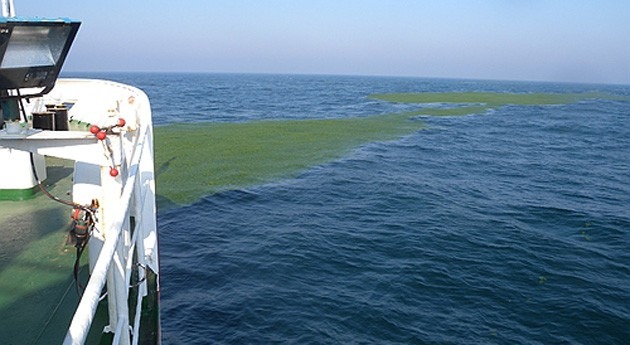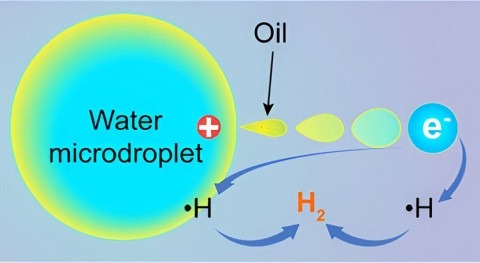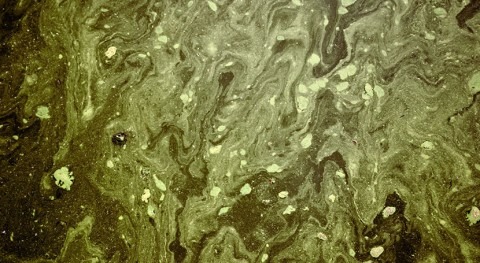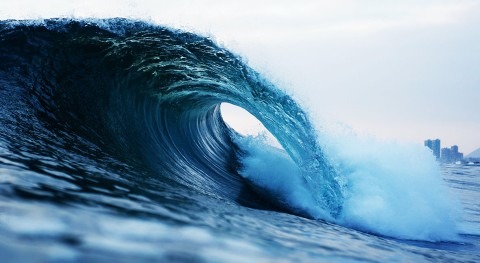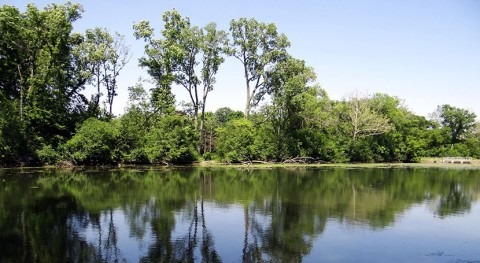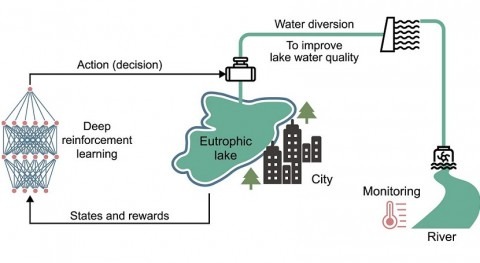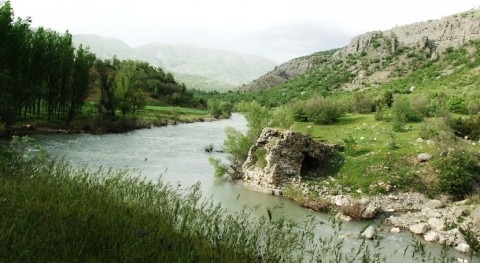The world’s largest green tide caused by Ulva prolifera has been occurring continually in the Yellow Sea, China for more than ten years. It has become a serious marine ecological disaster.
Through systematic research, scientists have fully understood the cause and outbreak mechanism of the green tide in the Yellow Sea. However, there is currently a lack of in-depth understanding of the carryover effects of the green tide.
Recently, researchers led by Prof. ZHANG Yongyu from the Qingdao institute of Bioenergy and Bioprocess Technology (QIBEBT) of the Chinese Academy of Sciences (CAS) and their collaborators carried out a 520-day experiment on the degradation of macroalgal U. prolifera.
Based on the experiment, the researchers explained the possible long-term carryover effects of the collapse of the green tide on the coastal dissolved organic carbon (DOC) pools and microbial communities and analyzed the fate of macroalgal organic carbon.
They found that the degradation of U. prolifera involved a long-term process, during which the release of DOC and the microbial community showed significant phase changes.
The rapid release of DOC mainly occurred in the first week, and seawater also had significant characteristics of hypoxia and acidification.
In the following one and a half years, microbes drove the gradual transformation of DOC from labile carbon that is easily degraded to extremely refractory carbon, and finally refractory dissolved organic carbon (RDOC) that could be stored in seawater for a long time was generated.
In the degradation process, the microbial community showed obvious successional characteristics. The metabolic characteristics of the community also changed from degradation of polysaccharide to degradation of aromatic or alkane substances.
The findings show that the carryover effects of U. prolifera green tide can exist for a long time. About 1.6% of macroalgal organic carbon can be converted into RDOC under the action of microorganisms and stored in seawater for a long time. Successive outbreaks of U. prolifera green tide can have a potential cumulative effect on the coastal RDOC pool.
The study was published in Water Research on August 4. It was supported by the National Key Research and Development Project, the National Natural Science Foundation of China, and the Key Deployment Project of Marine Science Center, CAS.



